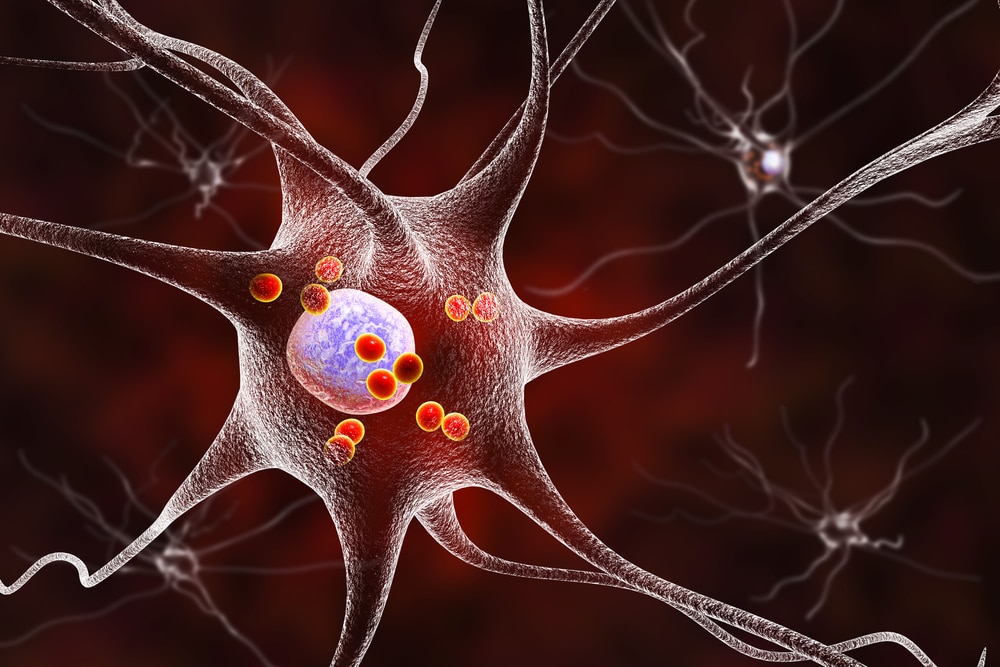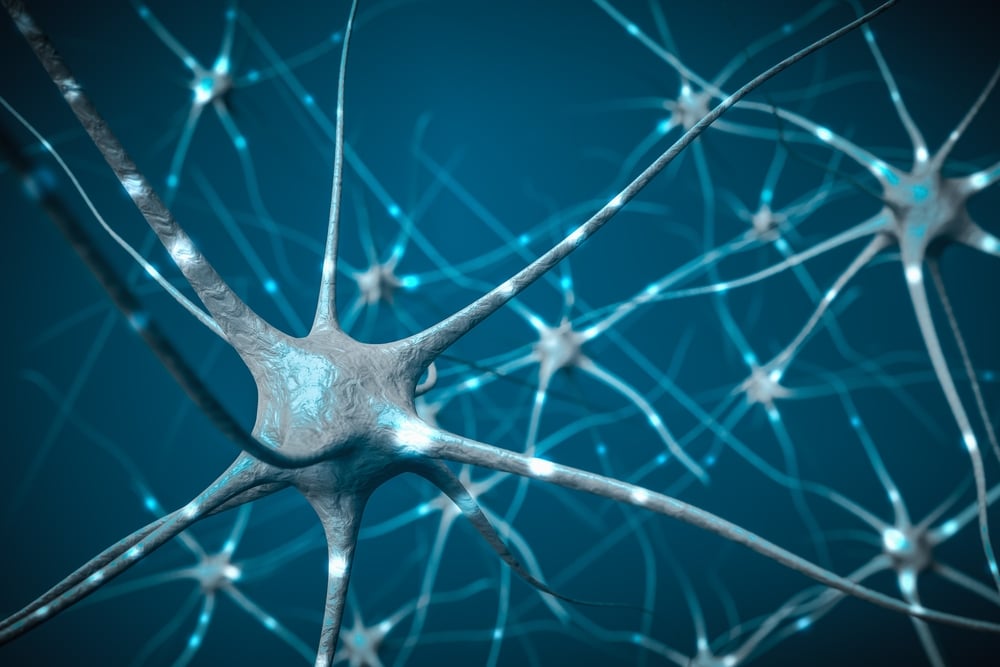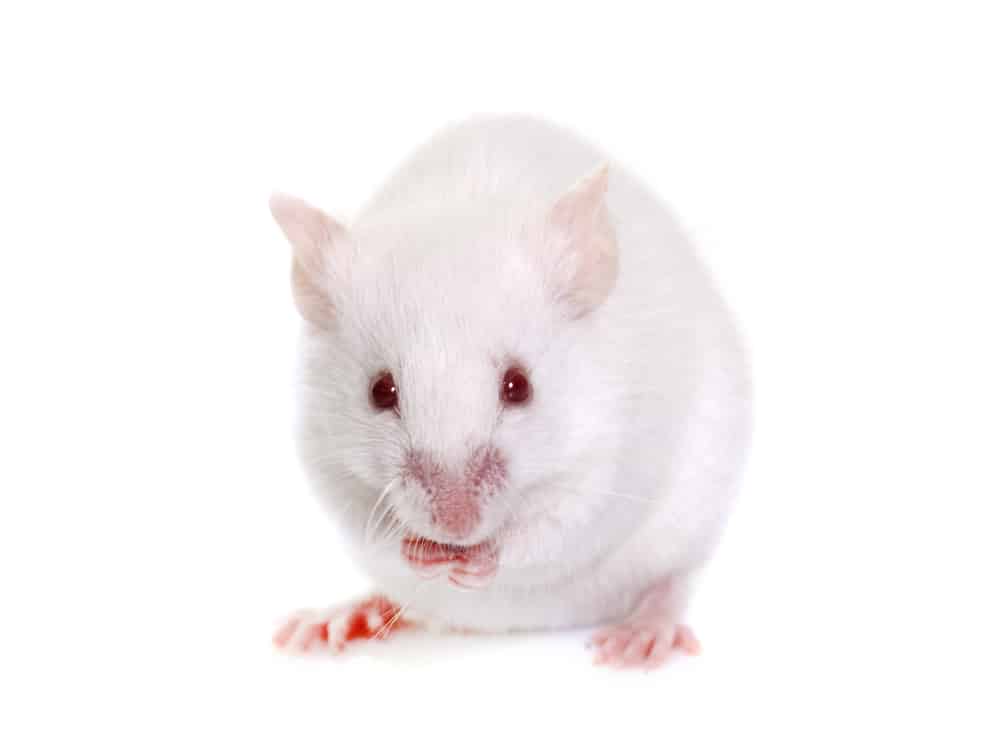Mouse Model Could Help Develop New MS Drugs
QPS Neuropharmacology
Nearly one million people are living with multiple sclerosis (MS) in the United States. This debilitating condition results from damage to the nerve fibers in the central nervous system, causing symptoms including fatigue, difficulties with walking or movement, spasticity, and cognitive changes. But Science Daily reports that recent research from the University of Alberta could …
Nasal Drugs Prove Promising in Parkinson’s Disease Model
QPS Neuropharmacology
At this time, there are no medical treatments that cure or slow the progression of Parkinson’s disease. While some treatments are available to ease Parkinson’s symptoms, the medical community is in the midst of an urgent search for treatments that effectively slow the disease’s effects. Now, researchers may have had a breakthrough: Recent research published …
Spooky Stuff: New Behavioral Research Explores Aphantasia and Fear
QPS Neuropharmacology
Think of the last time you enjoyed a work of fiction. As you read along, did you conjure up a mental picture? Did you imagine what the characters looked like? Maybe you envisioned their homes and neighborhoods, seeing them in your mind like images on a TV screen. Well, an estimated two percent of the …
Primates, Mice, and Neuronal Plasticity
QPS Neuropharmacology
When you think of a mouse compared to a primate – a chimpanzee, for example – it’s pretty easy to determine which animal is “smarter.” After all, chimpanzees have a rich communication style and strictly organized communities. With that in mind, it’s easy to assume that primates are more sophisticated than mice. But a recent …
Npc1 Mouse Models Could Shed Light On a Rare Genetic Disorder
QPS Neuropharmacology
A rare neurodegenerative condition known as Niemann-Pick disease type C (NPC) affects about one in 150,000 people. Rare diseases like NPC are often overlooked in a clinical capacity, leaving sufferers to wade through a frustrating parade of medical mysteries. For quite some time now, researchers have used Npc1 mouse models to mimic the human Npc1 …





